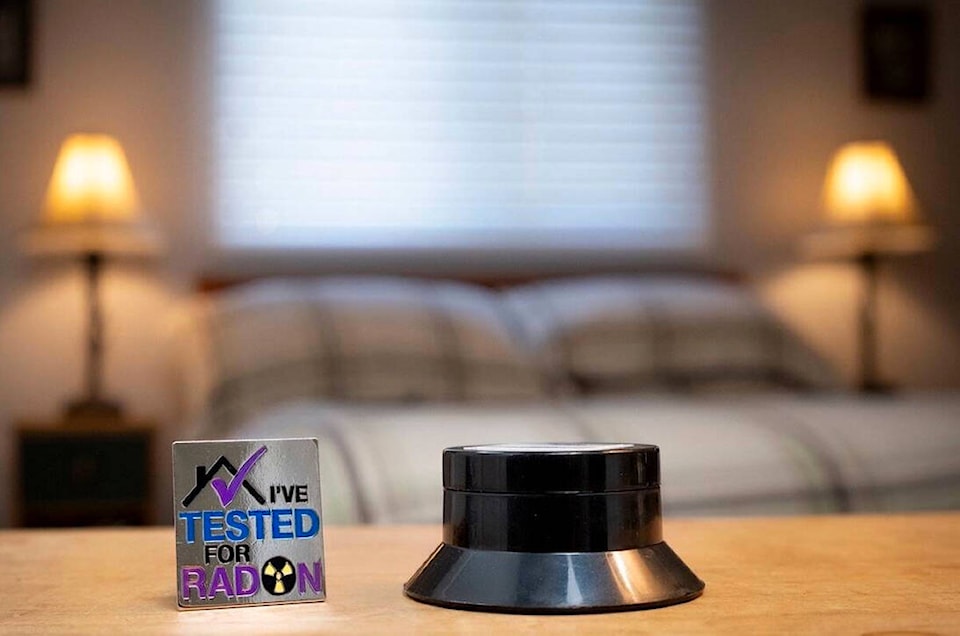An FVRD director and city councillor led the charge last week for more radon test kits to be purchased by Fraser Valley Regional District (FVRD).
Coun. Chris Kloot raised the radon issue at the Chilliwack council table in April, and last week he sounded the alarm at the FVRD board level.
“As radon is an emerging issue, it’s paramount for people to take the time to get a test kit and test their homes to ensure the levels of radon in their homes don’t exceed Health Canada’s guideline of 200 becquerels/m3,” Kloot said.
Since the FVRD has more than 325,000 people living across the vast region, and “high levels of radon” have not only been recorded within city boundaries but also in the rural areas of the FVRD, more testing makes sense, he argued.
Radon as people are learning, is an odourless, colourless gas, the leading cause of lung cancer in non-smokers, rising from soil, and getting into people’s homes.
RELATED: Kloot talks about radon levels in Chilliwack
Kloot amended the motion on the floor at last week’s FVRD meeting to boost the number of radon-test kits that the FVRD buys from 200 to 300, which was approved.
Many local governments are going the test route. Between November 2022 and May 2023 the FVRD conducted radon testing in Chilliwack, Hope, Mission, Harrison/Kent and Electoral Area H, which includes Columbia Valley, Cultus Lake and Lindell Beach. Each community had results above the low-risk level of 200 Bq/m3. Chilliwack had 12 such properties, but particularly concerning results were found in Hope and Electoral Area H.
Those regions together had 18 homes testing in the 200 to 600 Bq/m3 range, and Electoral Area H had two that went over 600-mark.
The other aspect of last week’s motion was that FVRD staff was asked to prepare a resolution for the 2024 Union of BC Municipalities Convention asking the province to establish funding to help residents offset the mitigation costs.
Radon gets into homes through cracks in the foundation, pipes, sump pumps, and other openings. When levels are between 200 and 600 becquerels, mitigation efforts within two years are strongly recommended.
In terms of the B.C. building code which was updated in 2018, the provincial government added the requirement for radon-mitigation systems in the communities of Abbotsford and Hope, but did not include Chilliwack in that change.
Kloot raised the issue in Chilliwack at the April council meeting, pointing out that radon-related questions had been added to the latest property-disclosure statement form. One example he gave is: ‘To the best of your knowledge has the premises been tested for radon?’ and if so, what levels were detected?
If the test results show 200 becquerels or higher and remediation hasn’t been done, it is the duty of the homeowner to disclose this as a “material latent defect.”
Kloot also added the recommendation that FVRD join forces with public health officials to raise awareness, and investigate funding assistance for owners of pre-existing homes to install radon-mitigation systems.
“This is a public health issue,” Kloot added this week. “As a local government, we can certainly assist with messaging and distributing test kits, but it is public health’s jurisdiction to deal with the health and well-being of British Columbians.”
